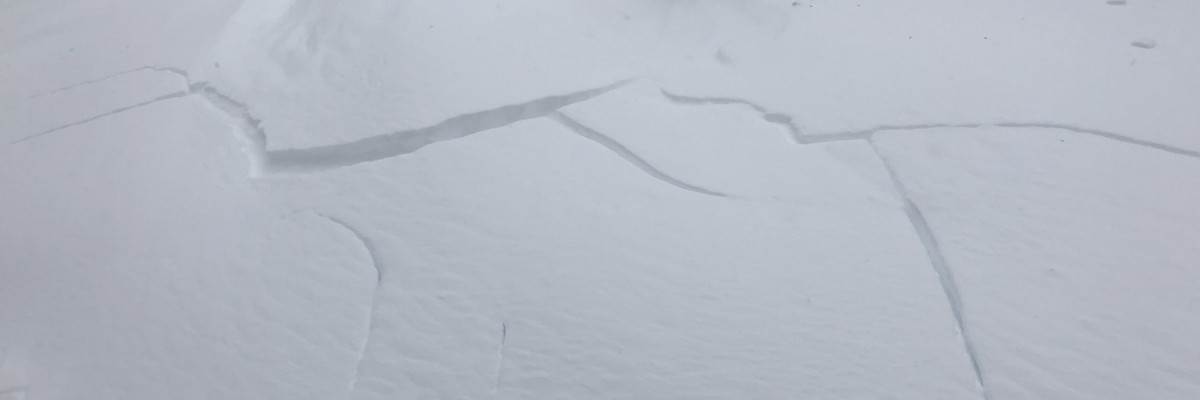An avalanche warning is in effect for backcountry terrain in the Bitterroot mountains from Granite Pass south to Lost Trail Pass and the Rattlesnake Mountains. The current avalanche danger is HIGh. Very dangerous avalanche conditions are present. Travel in avalanche terrain is not recommended today. Avoid runout zones. Human triggered avalanches are very likely, and natural avalanches are likely. In the southern Missions and southern Swan, the avalanche danger is considerable.
This is Travis Craft with an avalanche warning for Tuesday, February 26, 2019. This avalanche warning will expire at 6:00 am on February 27, 2019. The warning will either be extended or terminated at that time.
This danger rating does not apply to operating ski areas and is the sole responsibility of the U.S. Forest Service.
Weather and Snowpack
Mountain temperatures range from -3 F to 18 F. In the Bitterroot winds are 9 mph with gusts of 15 mph out of the West. In the northern part of the advisory area, winds are 3 mph and gusting 8 mph out of the NE. Snotels are reporting between .9 and 1 inches of SWE for the last 24 hours.
The storm totals have favored the Bitterroot mountains and the Rattlesnake. Between 12 and 20 inches have fallen in these ranges over the last 24 hours. Very dangerous avalanche conditions are present. Travel in avalanche terrain is not recommended today. Avoid runout zones. Human triggered avalanches are very likely, and natural avalanches are likely.
The southern Mission and southern Swan ranges have a considerable avalanche danger.
The new snow will take time to bond to old snow surfaces. Winds have created sensitive wind slabs on leeward terrain. The new snow has buried weak layers and is stressing old buried weak layers. Yesterday, we were able to trigger small test slopes very easily and got shooting cracks from our machines and skis on flat ground. We saw natural activity on slopes that had wind drifted snow on them. We have also received reports of shooting cracks that were propagating very long distances.
Avalanche and Weather Outlook
Today light snow accumulations and moderate winds. See the forecast here. The avalanche danger will remain the same.
Please feel free to share any observations on our Public Observations Page.
Ski and Ride Safe.














